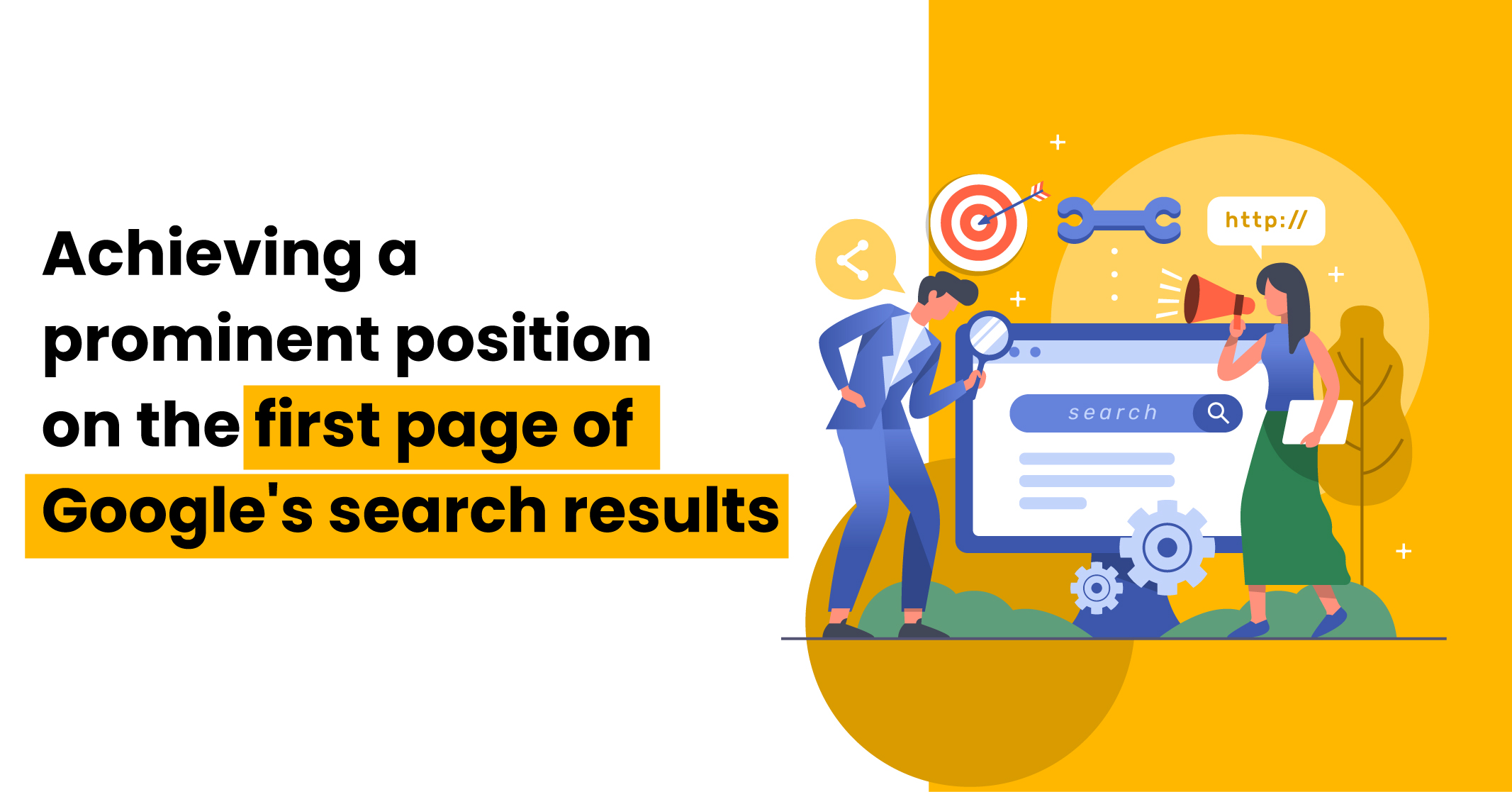I hope you enjoy reading this blog post.
If you want to get more traffic, Contact Us

Click Here - Free 30-Minute Strategy Session
Be quick! FREE spots are almost gone for this Month. Free Quote

Google’s algorithm determines how websites are ranked in search results, using numerous factors to evaluate relevance and quality. Central to this process are core updates, designed to improve the user experience by refining how content is assessed. Key ranking factors include keyword relevancy, mobile-friendliness, page speed, and backlinks.
Google leverages artificial intelligence, like RankBrain, to comprehend user intent and context better. Search Engine Optimisation (SEO) strategies must align with these criteria, focusing on high-quality content and ethical practices. Staying informed of algorithm updates is crucial, as changes can significantly impact rankings, making adaptability a cornerstone of SEO.

Click Here – Free 30-Minute Strategy Session
Be quick! FREE spots are almost gone for this Month
Effective keyword research forms the backbone of securing Page 1 rankings on Google. It involves identifying phrases with high search volume and low competition that align with audience intent. Utilising tools like Google Keyword Planner, Ahrefs, or SEMrush ensures precise data analysis.
Refined phrases enhance SEO strategies, driving more qualified traffic and improving content alignment with user expectations.
On-page optimisation plays a pivotal role in aligning website content with search engine ranking formulas. It begins with title tags designed to include target keywords naturally while appealing to user intent. Meta descriptions should summarise page content precisely, incorporating primary keywords, to attract users in search results.
Header tags (H1, H2, etc.) structure content for better readability and enhance keyword relevance. Alt text for images boosts accessibility while improving image search visibility. Internal linking helps define site structure, enabling crawlers to index pages effectively, while offering users seamless navigation.
Incorporating schema markup enhances content visibility through rich snippets, increasing click-through rates. Combining these aspects creates SEO-driven pages for search engine and user harmony.
Creating content that captivates readers and earns search engine visibility involves consistent quality and strategic considerations. High-quality content must address user intent effectively, delivering value by answering questions or solving problems.
By seamlessly balancing these elements, one can create content that attracts readers and aligns with search engine guidelines.
A robust backlink profile is critical for enhancing search engine rankings. Search engines value backlinks from reputable and authoritative sources. Prioritising high-quality links over abundant low-quality ones ensures lasting benefits.
Cultivating strong relationships within the industry facilitates acquiring credible backlinks while boosting domain authority.
User experience plays a vital role in determining website rankings. Google prioritises sites that offer seamless navigation and intuitive layouts. A well-structured design ensures visitors find information quickly, reducing bounce rates. Mobile-friendly design is essential due to the growing number of mobile users. Websites must be responsive, adapting to various screen sizes and device types.
Key aspects include:
Optimising mobile usability includes testing responsiveness and prioritising touch-friendly elements. Focus on accessibility compliance to cater to all users effectively.
Structured data and schema markup are essential tools for enhancing search engine visibility. These elements enable web pages to provide explicit details about their content in a format that search engines can easily understand. By integrating schema markup, websites can achieve rich results such as featured snippets, knowledge panels, and product displays.
Key types of schema include:
Structured data implementation helps search engines categorise information accurately, improving relevancy and user experience. Transitioning from basic optimisation to schema markup creates a more competitive online presence, aligning with modern search engine algorithms.
Understanding and adjusting a website’s performance requires continuous monitoring of critical metrics. Analytics tools like Google Analytics and Google Search Console provide actionable insights into organic traffic, bounce rates, click-through rates (CTR), and average session duration. Keyword rankings must also be tracked to identify areas where optimisation is succeeding or lagging.
Regularly analysing metrics enables better decision-making regarding technical SEO elements like page speed, mobile friendliness, and content relevance. Adjustments, such as improving meta descriptions, updating underperforming content, or refining internal linking strategies, can drive noticeable improvements. Leveraging these insights ensures alignment with search algorithms while maintaining long-term ranking potential.
Local SEO plays a pivotal role in improving visibility for geo-specific searches. Businesses can optimise their website by focusing on location-specific keywords, which align with the unique needs of their targeted audience.
Ensuring NAP consistency (Name, Address, Phone Number) across online platforms is critical for building trust with both users and search engines.
Search engine algorithms are constantly evolving, and missing updates can hinder optimisation efforts. Keeping informed demands regular monitoring of industry-specific SEO blogs, forums, and reputable news outlets. Subscribing to Google Search Central blog ensures direct access to core updates and guidelines. Tools like SEMrush and Moz help track algorithm changes effectively, offering insights into rankings. Integrating analytics platforms allows practitioners to identify fluctuations rapidly. Continuous education through webinars and conferences assures alignment with emerging trends, including AI-driven search and mobile-first indexing. Collaborating with industry experts fosters shared strategies for adaptation. Staying proactive mitigates risks posed by frequent algorithm refinements.

LEAVE A REPLY